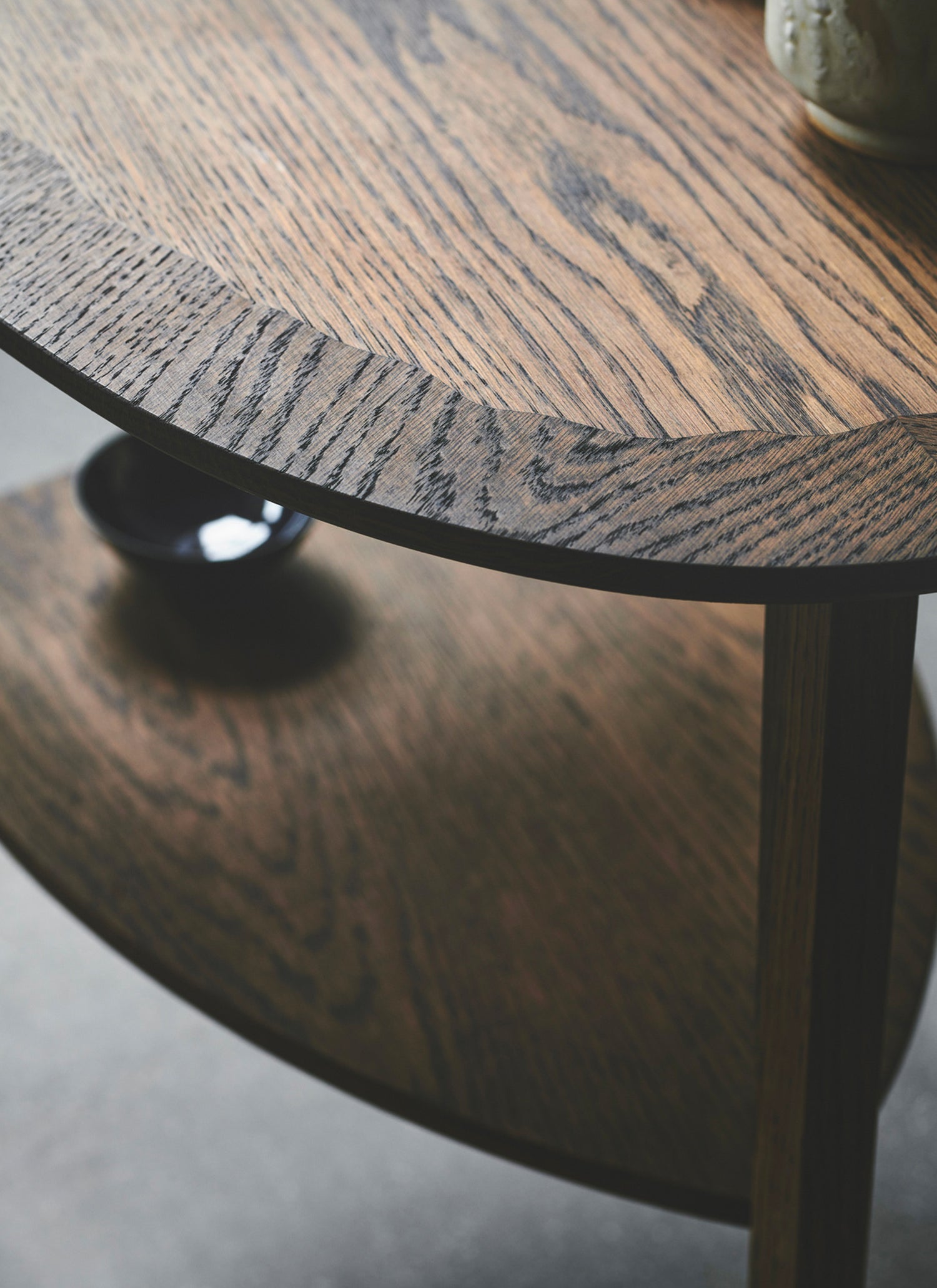
What is Intarsia?
An ancient craft
Intarsia is a term for decoration in wood, made as a mosaic. Most often made of small pieces of diverse wood that are inlaid in a surface to form patterns. Intarsia is also seen in materials such as marble, mother of pearl and metals.
Intarsia had its heyday during the Renaissance around the 16th to 17th centuries. Back then, Intarsia was especially used in wall panels and furniture, which is why decoration rose above ordinary utility furniture.
Despite its great popularity and status symbol, it is today a craft technique that is hard to spot in newer furniture designs. Only quite a few carpenters master this ancient technique.
Jørgen Aakjær Jørgensen went to Sweden in 1946, where he specialized in the Intarsia technique. Jørgen Aakjær was inspired by the modern Danish design tradition, where simplicity dominated, and not the very pompous style from the Renaissance. To this date, the small table “Heart Table” is one of the most popular pieces that Jørgen Aakjær Jørgensen has designed.
The Heart Table is made of five pieces of veneer that have been hand-carved and subsequently put together as a puzzle. Pay special attention to the direction of the veins in the four pieces that form the frame around the middle piece. The veins follow each other, which is not accidental and requires high precision.
